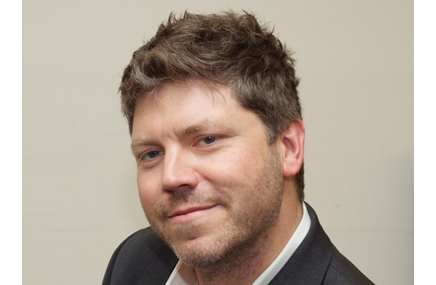We all know the healthcare industry is undergoing a drastic transformation. The old ways of finding innovation, doing business and communicating with customers is being consigned to history. And any organization that doesn’t subscribe to this will soon be consigned to history themselves—at least, that’s the message from the vast majority of respondents to the inaugural MM&M/Ogilvy CommonHealth Healthcare Marketers Trends Report.
The study’s objective is to measure the pace of change in healthcare marketing, monitor the marketing mix, tap into the mindset of marketing execs and document pharma’s journey through the perfect storm.
We asked 200 senior marketers—director level and above—to share their budget allocations, perspectives and outlooks. The findings indicate the early stages of a tangible shift in marketing focus, with the promise of plenty more changes to come. You can read the full report on pages 33 to 40, but for now here are four key insights:
The digital buckets are starting to fill: While traditional channels still claim the largest allocations of marketing budget, it’s the digital changes that are showing the biggest gains in adoption and growth. On the HCP side, 60% of respondents are developing digital sales materials this year (up from 49% last year), while 53% are investing in mobile/tablet apps (up from 35%) and 50% are funding social media efforts (up from 37%). Of those users, 72% reported higher budgets in mobile/tablet apps, 70% in social media, 68% in digital sales materials. The actual amounts may be small at this point, but the direction of the swing is undeniable.
Similarly, 50% reported having a consumer budget for social media this year (up from 37%), with 74% of these reporting that the budget had increased.
On the flip side, more than one in three marketing directors reported reduced budgets for printed sales materials and print ads.
The physician is still king—for now: The physician audience had the most reported gains in overall budget (40%), followed by patients (36%) and then payers (33%).
Physicians topped the standings again when marketing directors were asked to rank seven audiences according to the perceived importance to their organization. Physicians were ranked #1 by 64% of respondents. Taking into account the top three choices for each respondent, physicians still stole the show (92% voted it in the top 3).
Branded trumps unbranded: 46% of marketers cited budget increases for branded campaigns—15% reported decreases. But only 26% reported increases for unbranded, with 29% reporting decreases.
Michael Fath, senior director, global marketing, pulmonology and thrombolysis, at Grifols has a theory. “When times are flush, you look for lots of creative ways to expand the market, and unbranded work often falls into that category, but when times are a bit tighter, you rally around the brand focus.”
Regulation and payers, the twin headaches: Marketing directors rated FDA regulation as their biggest challenge, closely followed by payer pressure. Conversely, they saw emerging markets and pipelines as the greatest opportunities.
Back to the threat of being consigned to history: almost nine out of 10 respondents agreed or strongly agreed that “the healthcare industry will need to change its business model to remain viable in the future”. More than two-thirds acknowledged that “any healthcare company that continues to leverage operational guidelines from 10 years ago will likely not exist five years from now.”
Enjoy the journey.
From the June 01, 2013 Issue of MM+M - Medical Marketing and Media








